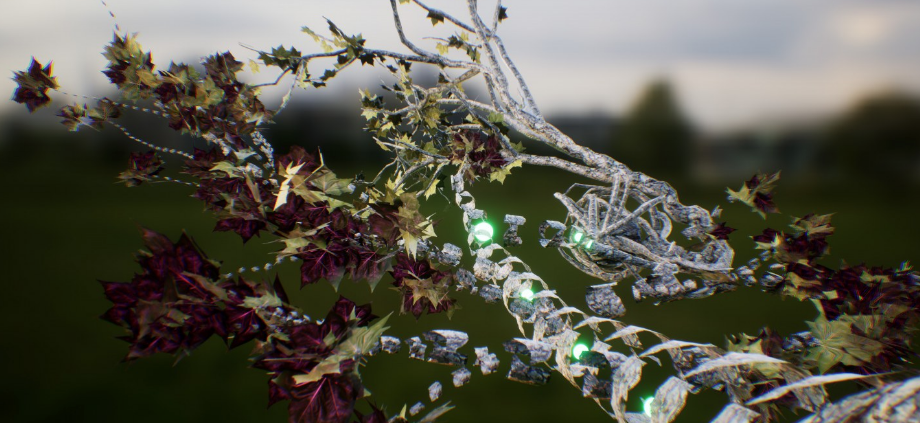The Deep Listener
The Deep Listener is the winner of an open call, put out to artists early this year, asking for projects which imagined city spaces in AR to be deployed on site at London’s Serpentine Art Gallery. The Serpentine is a prestigious gallery, with an extension by architect Zaha Hadid, and it hosts some of the major contemporary art exhibitions of the city, so when I heard the project was an audio AR project and involved field recordings (at least that is what I assumed “organic source material” that was mentioned on the site’s blurb meant), I was quite excited to check it out.
I visited the Serpentine not long after the app launched accompanied by two art loving friends. They are not audio AR aficionados, like me, however they do love art in all forms, highbrow and lowbrow, and both work as developers, so are keen on art/tech combos. Unfortunately we were all disappointed.
The piece is site specific and the app has a map which tells you where to go to listen to the audio recordings. We found the first easily – plane trees – but it became apparent immediately that it was going to be hard to hear the recordings as both the phones we had managed to download the app onto (one of them apparently wasn’t modern enough for the app) glitched horribly.
The idea of the piece made by Danish artist Jakob Kudsk Steensen, was to allow audiences to journey through Kensington Gardens and Hyde Park to both see and hear five of London’s species: London plane trees, bats, parakeets, azure blue damselflies and reed beds. My friends were baffled by the visuals which neither seemed to represent the animals or plants, or to be an artistic representation of them. I felt slightly kinder towards the artist knowing how hard 3D modeling can be.
The sounds were tightly built around five points of the park and it could be tricky to find them. Some were discernible field recordings – the parakeets for example, or the hydrophone recorded reed beds. The bats, damselflies and plane trees Steensen had taken more artistic license with, sounding more composed. Both approaches were fine, but I found the piece sonically incoherent.
I also found it lacking the immersion I had been promised. There were large gaps between the content which threw me from the experience. All in all, I was disappointed by what appeared on all accounts to be a major commission. I liked Steensen’s concept, but the realization of it was distinctly underwhelming.



